Introduction
Bowl cake, known in Cantonese as 钵仔糕 (Bō zǎi gāo), is a beloved traditional Chinese dessert with a chewy, gelatinous texture and a delicate sweetness. Originating from southern China, particularly Guangdong province, this humble snack has captured the hearts of food enthusiasts worldwide. While its simplicity often deceives, the secret to its unique consistency lies in the careful selection of flours used in its preparation. This article delves into the intricacies of 钵仔糕, uncovering the types of flour that define its character, the science behind their interaction, and the cultural significance of this timeless treat.
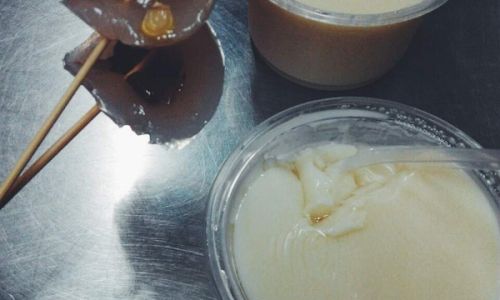
A Brief History of钵仔糕
Before dissecting its ingredients, it is essential to understand the cultural tapestry that 钵仔糕 represents. Dating back over a century, this dessert emerged as a street food staple in Guangzhou, where vendors would steam small porcelain bowls filled with a glutinous batter and sell them to passersby. The name 钵仔糕 itself reflects its humble origins: 钵仔 refers to the small clay or ceramic bowls used for steaming, while 糕 means cake or pudding. Over time, this snack evolved, adapting to regional tastes and modern culinary trends, yet its core identity remains anchored in tradition.
The Role of Flour in钵仔糕
At its heart, 钵仔糕 is a harmonious blend of flour, water, sugar, and sometimes flavorings like red bean paste or coconut. The flour, however, is the unsung hero, dictating the dessert’s texture, elasticity, and mouthfeel. Unlike Western cakes that rely on wheat flour for structure, 钵仔糕 leans on starches derived from rice or tapioca. This choice is not arbitrary—it is a culinary decision rooted in the agricultural history of southern China, where rice cultivation has been central for millennia.
Glutinous Rice Flour: The Backbone of钵仔糕
The primary flour used in traditional 钵仔糕 is glutinous rice flour (also called sweet rice flour or sticky rice flour). Despite its name, this flour contains no gluten; the term “glutinous” refers to its sticky, viscous texture when cooked. Derived from short-grain glutinous rice (Oryza sativa var. glutinosa), this flour is milled into a fine powder, which, when mixed with water and heated, forms a gel-like matrix.
Properties of Glutinous Rice Flour
- Starch Composition: Glutinous rice flour is composed almost entirely of amylopectin, a starch molecule that absorbs water and swells when heated, creating a sticky, chewy texture.
- Texture Contribution: In 钵仔糕, this flour imparts a soft, bouncy consistency that distinguishes it from other rice-based desserts like mochi or rice cakes.
- Cultural Significance: In Chinese cuisine, glutinous rice flour is revered for its ability to create cohesive, pliable doughs, making it indispensable in dishes like tangyuan (glutinous rice balls) and zongzi (sticky rice dumplings).
Tapioca Flour: The Modern Adaptation
While glutinous rice flour is the traditional choice, modern recipes often incorporate tapioca flour (also known as tapioca starch or cassava starch) to refine the texture. Tapioca flour, extracted from the roots of the cassava plant (Manihot esculenta), is prized for its neutral flavor and ability to create a translucent, springy gel when heated.
Why Tapioca Flour?
- Enhanced Elasticity: Tapioca flour’s high amylopectin content (similar to glutinous rice flour) contributes to a smoother, more elastic texture, reducing the gumminess sometimes associated with pure glutinous rice 钵仔糕.
- Aesthetic Appeal: Its translucent quality allows embedded ingredients like fresh fruit or red beans to shine, enhancing visual appeal.
- Gluten-Free Alternative: For those with gluten sensitivities, tapioca flour serves as a safe substitute, though traditional 钵仔糕 is naturally gluten-free.
Rice Flour: The Subtle Contributor
In some regional variations, rice flour (made from long-grain or medium-grain rice) is added to balance the stickiness of glutinous rice flour. Rice flour contains both amylose and amylopectin, with a higher amylose content than glutinous rice flour. This results in a slightly firmer, less chewy texture.
When to Use Rice Flour
- Texture Modulation: Rice flour lightens the dessert, preventing it from becoming too dense or cloying.
- Historical Context: In older recipes, rice flour was more accessible, making it a practical choice for households without specialized glutinous rice flour.
Wheat Starch: The Secret to Clarity
A less common but noteworthy addition is wheat starch (also called tang flour or shark fin flour). Derived from wheat, this starch is processed to remove gluten, leaving behind a pure, white powder.
Advantages of Wheat Starch
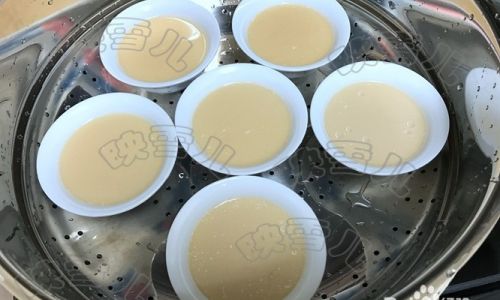
- Crystal Clarity: When combined with other flours, wheat starch imparts a brilliant translucence, reminiscent of jelly or custard.
- Delicate Mouthfeel: It contributes a silky texture without the heaviness of rice-based flours.
- Culinary Versatility: Wheat starch is a staple in dim sum classics like har gow (shrimp dumplings), where transparency is desired.
The Science Behind Steaming钵仔糕
The preparation of 钵仔糕 involves steaming a mixture of flour, water, sugar, and flavorings in small bowls. This cooking method is pivotal in shaping the dessert’s texture. As the batter heats, the starches gelatinize—a process where starch granules absorb water, swell, and form a network. The type of flour dictates the extent of gelatinization:
- Glutinous Rice Flour: Gels at a lower temperature, creating a soft, cohesive structure.
- Tapioca Flour: Requires higher heat to gelatinize fully, contributing to elasticity.
- Rice Flour: Gels more gradually, offering a middle ground between stickiness and firmness.
The interplay of these starches during steaming results in 钵仔糕’s signature bounce and tenderness.
Regional Variations and Flour Combinations
China’s culinary diversity is reflected in the myriad ways 钵仔糕 is prepared across provinces:
- Guangdong Style: The classic version uses a 2:1 ratio of glutinous rice flour to tapioca flour, yielding a balance of chew and spring.
- Hong Kong Adaptation: Modern Hong Kong-style 钵仔糕 often increases tapioca flour for a jelly-like texture, sometimes adding condensed milk for richness.
- Southeast Asian Twists: In Malaysia and Singapore, 钵仔糕 may incorporate coconut milk and pandan leaf, with rice flour dominating the mix for a lighter result.
Troubleshooting Common Issues
Mastering 钵仔糕 requires attention to flour ratios and cooking techniques. Here’s how to address common pitfalls:
- Too Sticky: Increase tapioca or wheat starch to reduce gumminess.
- Too Firm: Add more glutinous rice flour or reduce cooking time slightly.
- Soggy Base: Ensure bowls are well-greased to prevent moisture buildup during steaming.
The Cultural Resonance of钵仔糕
Beyond its culinary appeal, 钵仔糕 holds symbolic value in Chinese culture. Its small, individual portions reflect communal sharing, while its simplicity embodies the philosophy of wabi-sabi—finding beauty in imperfection. In festivals like the Mid-Autumn Festival, 钵仔糕 is sometimes molded into mooncake shapes, blending tradition with innovation.
Modern Innovations and Dietary Trends
As global palates evolve, so does 钵仔糕. Contemporary chefs experiment with:
- Flavors: Matcha, taro, and mango purées are folded into the batter.
- Flour Substitutes: Almond flour or coconut flour for low-carb versions.
- Presentations: Deconstructed 钵仔糕 served in layers or as parfait components.
However, purists argue that these adaptations risk diluting the dessert’s essence, which is deeply tied to its humility and reliance on starch-driven texture.
Conclusion: The Flour as a Cultural Artifact
In the end, the question “What flour is used to make 钵仔糕?” transcends mere ingredient inquiry. It is a gateway to understanding how a people’s history, agriculture, and culinary ingenuity converge in a single bowl. Whether crafted from glutinous rice flour, tapioca starch, or a blend of regional grains, 钵仔糕 remains a testament to the alchemy of simplicity—a reminder that true flavor lies not in complexity, but in the careful balance of tradition and technique. So the next time you savor this chewy delight, pause to appreciate the centuries of agricultural wisdom and cultural exchange encapsulated in each bite.
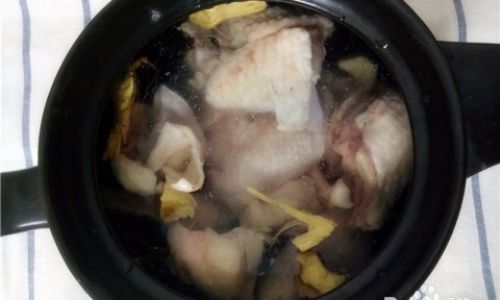
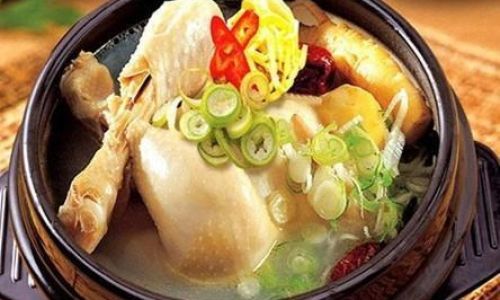
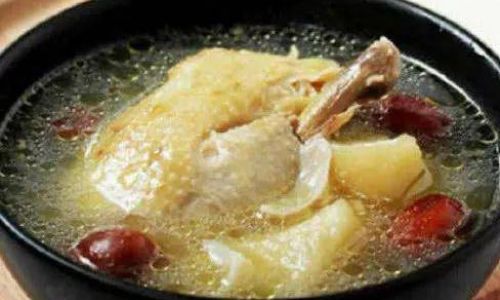
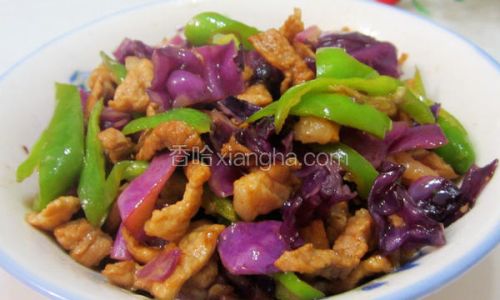
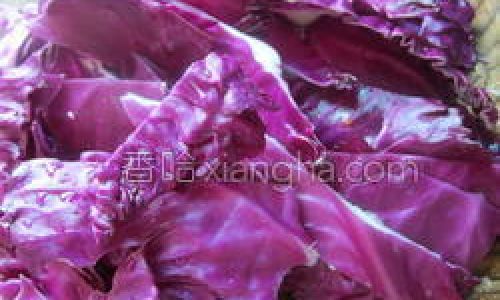
0 comments